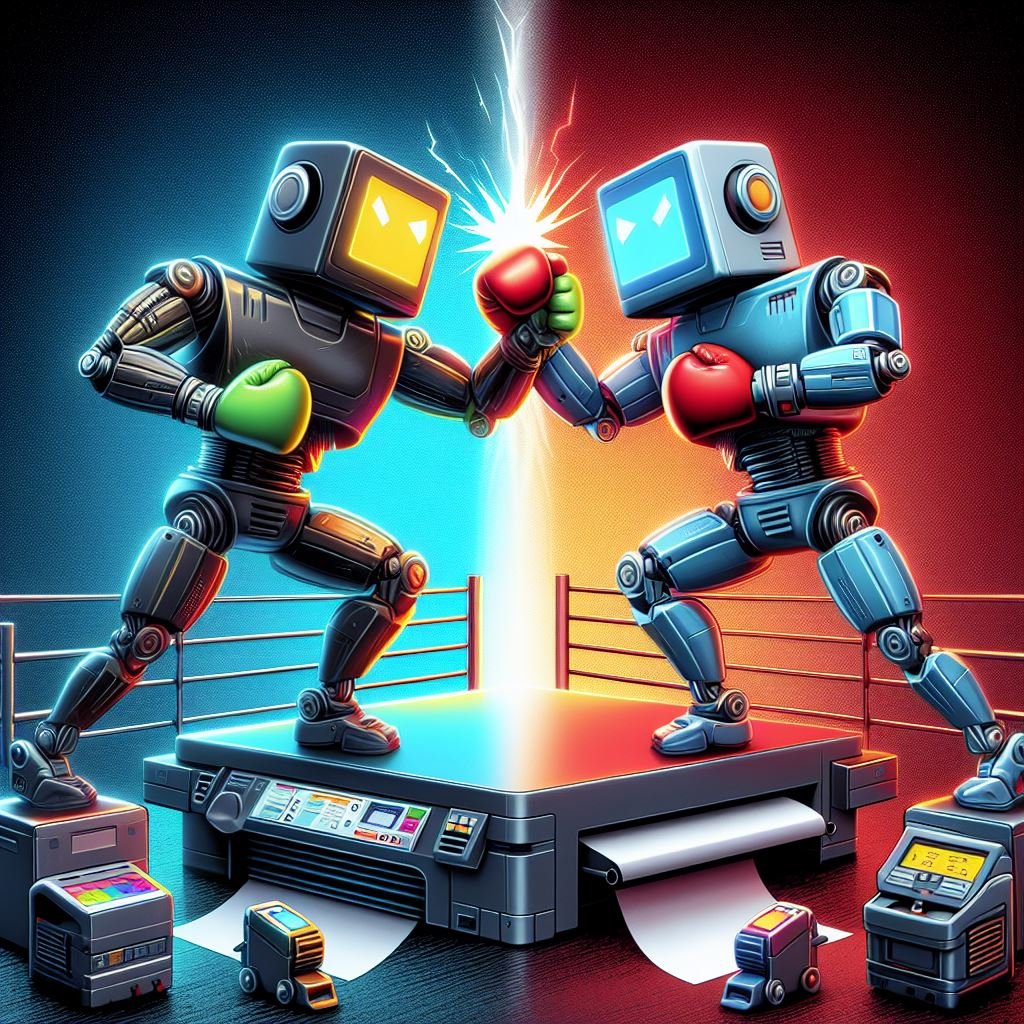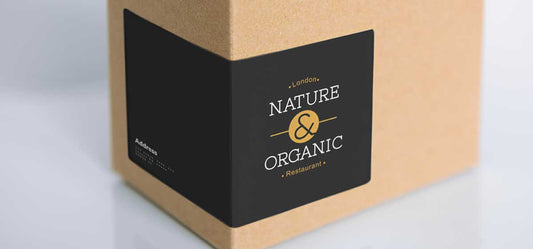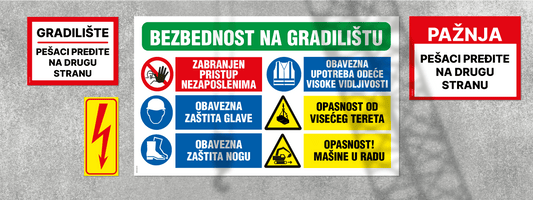
Digital printing technologies: Laser vs. Inkjet Solvent
Share
In the world of digital printing, by no means the only but certainly two dominant printing processes are laser and inkjet printing with solvent inks. Laser printers use toners, while inkjet printers with solvent inks use liquid inks. In this blog, we will explore the differences between these two printing processes with a focus on the following products: label making, product declaration making, self-adhesive labels, sticker making, etc.
Laser printing
Laser printing uses an electrophotographic process to transfer digital data to paper. Laser printers use toners, which are pigment-based powders, to deliver high-quality and fast print outputs. In the context of stickers, laser printing is often used to print on self-adhesive paper. Laser printers are known for their ability to achieve high resolution and precision when printing graphics and text.

Advantages of laser printing:
- Fast printing and high accuracy (somewhat more precise than ink-jet)
- High-quality prints with excellent resolution
- Use of cheaper and recyclable materials such as paper
- Slightly lower price of the print
Inkjet printing with solvent inks
Inkjet printing with solvent inks uses liquid inks to transfer digital data to various media. In this case, solvent-based inks are used to apply a layer of color to the surface that dries to bond to the print material. Solvent inkjet printers are often used to print on PVC films, providing durability and resistance to outdoor conditions.

Advantages of inkjet printing with solvent inks:
- Resistance to moisture and UV radiation, suitable for outdoor use
- Flexibility in printing on different materials, including PVC films
- The possibility of printing large formats
- More versatile application in the graphic industry
So, according to your needs and requirements, laser printing can be a better choice for printing labels, stickers and self-adhesive paper, especially when high resolution and speed are required. It should also be noted that laser printing is more suitable for laminating . Although plasticization exists as a technology in solvent ink-jet printing for label printing purposes, it is practical only on larger formats. However, if you want the durability and weather resistance of PVC film, inkjet printing with solvent inks may be your right, if not your only, choice.
In conclusion, laser printing and inkjet printing with solvent inks have their advantages and disadvantages. Based on your needs and requirements, you can decide which printing process best suits your label, sticker, self-adhesive paper and printing projects.




